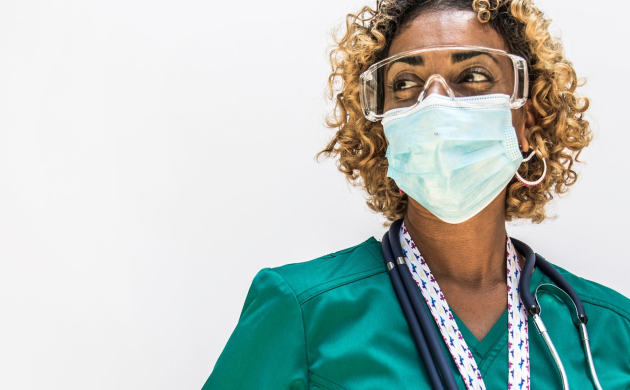
How to get rid of athlete's foot: tips and tricks from CityMD
Are you dealing with the uncomfortable symptoms of athlete's foot? You're not alone. Athlete's foot is a common fungal infection that can be treated successfully with proper care. As your go-to urgent care provider, CityMD has tips to help you get rid of athlete's foot and get back on the move.
In this article, we'll walk you through ways to treat and prevent athlete's foot so you can feel comfortable and confident in your skin again.
What is the main cause of athlete's foot?
Athlete's foot is a fungal infection caused by a group of fungi called dermatophytes. These fungi thrive in warm and moist environments, so athlete's foot is often associated with locker rooms, showers, and swimming pools.
You don't have to be an athlete to get athlete's foot, however — anyone can develop it if they come in contact with the fungus. In addition, wearing tight-fitting shoes, not changing your socks regularly, and having sweaty feet can increase your risk of developing athlete's foot.
But with the right care and prevention, you can reduce your risk of getting athlete's foot and keep your feet happy and healthy.
Athlete's foot symptoms
Knowing the common symptoms is crucial so you can seek treatment as soon as possible. Here are some athlete’s foot signs to look out for:
- Itching, burning, or stinging sensation on the feet
- Redness, scaling, or flaking skin on the affected area
- Cracking or peeling skin, especially between the toes
- Blisters or ulcers that may ooze or become infected
- Thickened, discolored toenails or a foul odor from the affected area in severe cases
Athlete's foot can affect one or both feet, and symptoms can vary from person to person. If you're experiencing discomfort or notice any changes in your feet, seeking medical attention is a good idea.
At CityMD, our team of medical professionals is always here to help you feel your best and provide the care you need to get back on your feet in no time.
Will athlete's foot go away on its own?
Athlete's foot likely won't go away on its own.
While some mild cases of athlete's foot may go away on their own with proper care, it's best to seek medical attention to prevent the infection from worsening or spreading to other parts of your body.
Athlete's foot is a fungal infection; if left untreated, it can cause discomfort and even spread to other people.
Treating athlete's foot
Here are some common treatments for athlete's foot.
- Over-the-counter antifungal creams and ointments. These topical treatments can help kill the fungus and relieve symptoms. Look for products that contain ingredients like clotrimazole, miconazole, or terbinafine.
- Prescription-strength antifungal medications. If over-the-counter treatments aren't working, your doctor may prescribe a stronger medication, such as oral antifungal pills or prescription-strength topical creams.
- Home remedies. There are also a variety of home remedies that may help relieve symptoms. These include soaking your feet in a mixture of vinegar and water, applying tea tree oil to the affected area, or using a foot powder to keep your feet dry.
Regardless of your chosen treatment, be consistent with your application and complete the course of treatment as directed. Athlete’s foot can come back if you stop treatment early.
Athlete's foot treatment at CityMD
If you're ever in doubt or need additional guidance, don't hesitate to visit your local CityMD for expert care and athlete's foot treatment.
Our team of experienced medical professionals is always here to help you feel your best and get back on your feet in no time. No appointment is necessary — walk in when you need us.
How to prevent athlete’s foot
You can help prevent athlete’s foot by practicing good foot hygiene. Reduce your risk by following these tips:
- Wash your feet daily and dry them thoroughly, especially between the toes.
- Wear sandals or airy shoes that allow your feet to stay dry. Air out your shoes between uses.
- When you wear socks, choose pairs made of cotton, wool, or a moisture-wicking fabric. Swap out your socks for a clean pair when they get sweaty.
- Wear flip-flops or shower shoes while walking around locker rooms, pools, and public showers.
- If someone in your household has athlete’s foot, avoid sharing linens, towels, and shoes. Also, avoid walking barefoot where infected feet might have been.

We’re ready to care for you.
Visit any CityMD urgent care location in your community today for an evaluation with one of our expert providers.